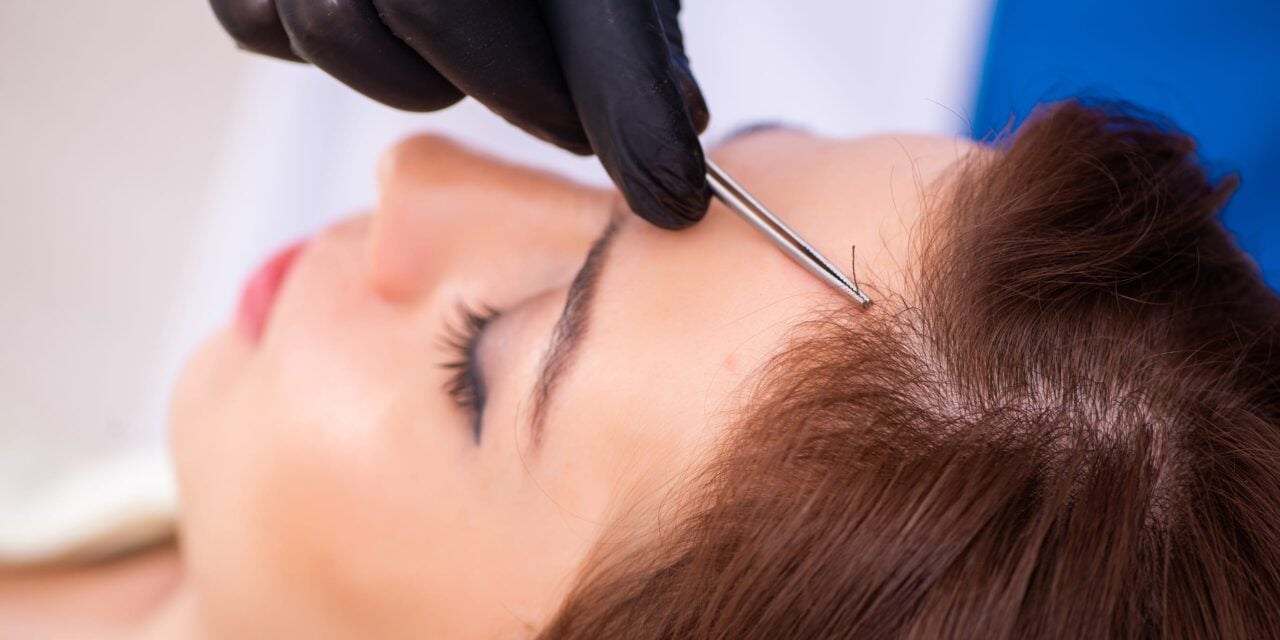An ISHRS member survey reveals rising demand for hair transplants among 20–35-year-olds, along with increased interest among women.
According to results of a new member survey conducted by the International Society of Hair Restoration Surgery (ISHRS), first-time hair restoration surgery patients in 2024 skewed younger than the general adult population, with 95% initiating hair restoration surgery between the ages of 20-35.
More women also turned to a permanent solution for hair loss, as the number of female hair restoration surgical patients treated in 2024 increased by 16.5% from 2021.
ISHRS members reported continued growth in the field of hair restoration due in large part to continual refinements in hair transplantation and a variety of effective non-surgical and medical solutions to combat hair loss. Specifically, the average number of patients per ISHRS member increased by 20% since 2021. The average number of hair restoration surgeries performed per ISHRS member per month in 2024 was 15.
“People experiencing hair loss are no longer waiting until middle age to find effective solutions from trusted experts, such as ISHRS physicians who devote three-quarters of their practices to hair restoration on average,” says Ricardo Mejia, MD, FISHRS, president of the ISHRS, in a release. “The reasonable caseload of hair transplantation surgeries that our members reported performing each month is a testament to their direct role in performing this highly intricate and experience-driven surgery, unlike black market hair transplant clinics where technicians illegally perform hair transplant surgeries.”
Body Hair Transplantation Grows
While scalp hair transplantation remains the most popular form of hair restoration surgery, supplementing hair on other parts of the body with body hair transplantation (also referred to as non-scalp hair restoration) is attracting more interest among men and women.
- The percentage of men seeking non-scalp hair restoration procedures increased to 18% in 2024, up from 13% in 2021.
- The percentage of women seeking non-scalp hair restoration procedures increased to 21% in 2024, up from 17% in 2021.
- After scalp, the next highest percentage of transplantation to recipient area for females was eyebrows, at 12%.
- After scalp, the next highest percentage of transplantation to recipient area for males was moustache/beards, at 5%.
The Patient’s Point of View
When ISHRS members were asked to provide feedback on their patients’ perspectives on hair restoration surgery, the survey found that nearly half of patients were willing to discuss their procedure with others and had expressed specific reasons for undergoing the surgery.
- ISHRS members reported that 44% of the hair transplant patients they treated in 2024 planned to tell others that they had a hair transplant.
- ISHRS members reported that the number one (90%) reason their patients chose to undergo hair transplantation was to “become/feel more attractive”.
- The second most common reason (63%) patients chose to have hair transplantation surgery was to “appear younger to compete in the workplace”.
Black Market Continues to Impact Marketplace
Mejia notes that the number of complications from black market hair transplants is on the rise around the world, which poses serious consequences for hair loss patients. This is usually due to the delegation of unlicensed and untrained individuals who are not doctors.
- 59% of ISHRS members reported there are black market hair transplant clinics in their cities, up from 51% in 2021.
- ISHRS members reported that the average percentage of repair cases due to a previous black market hair transplant was 10%, up from 6% in 2021.
ID 193046315 © Elnur | Dreamstime.com



